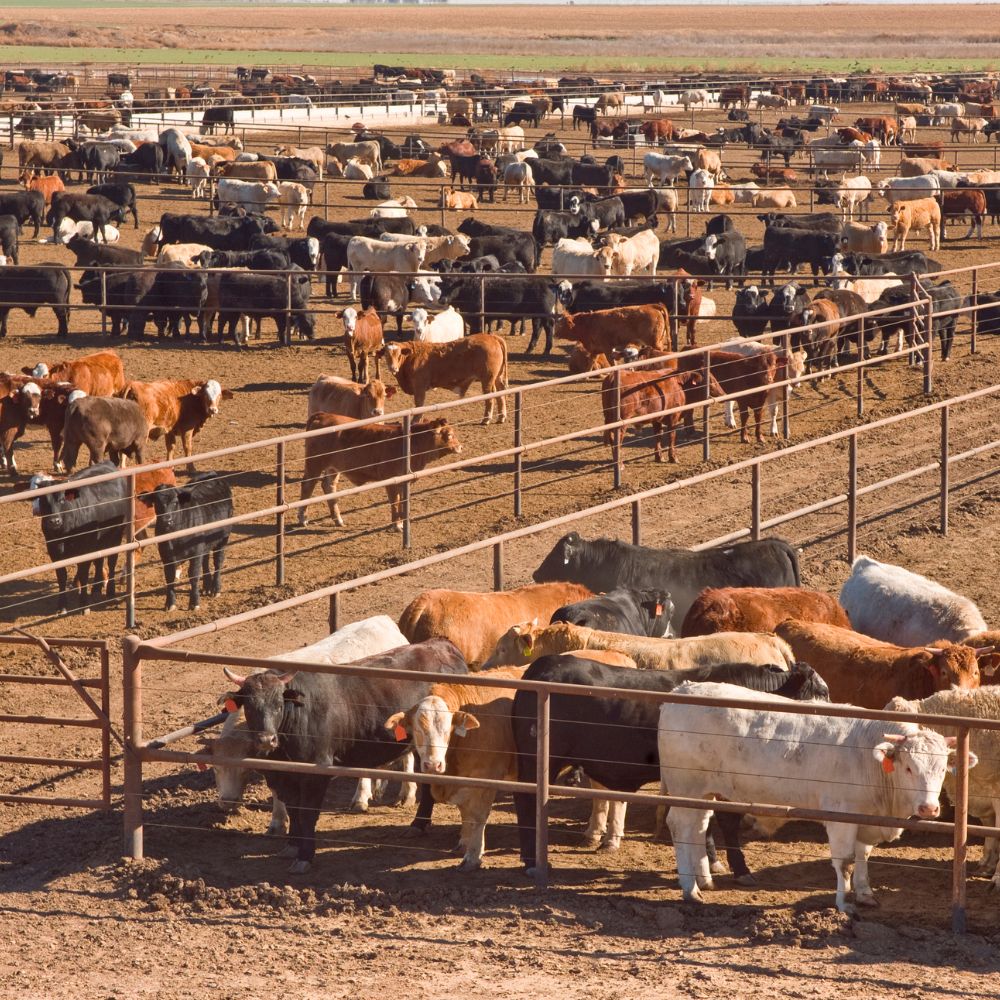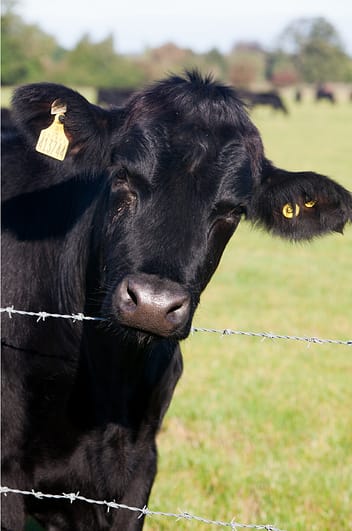Strategic Collaborations for Resilience: Bagley Risk Management
Strategic Collaborations for Resilience: Bagley Risk Management
Blog Article
Secret Aspects to Consider When Choosing Livestock Danger Security (LRP) Insurance Coverage
When reviewing options for Animals Danger Security (LRP) insurance, a number of key elements necessitate mindful factor to consider to make sure efficient danger management in the agricultural sector. Selecting the appropriate coverage choices tailored to your particular livestock operation is paramount, as is understanding just how superior prices associate with the level of security provided.
Coverage Options
When thinking about Livestock Threat Protection (LRP) insurance policy, it is important to understand the various coverage choices available to alleviate risks in the agricultural sector. Animals Danger Defense (LRP) insurance policy offers different coverage options customized to satisfy the diverse demands of animals manufacturers. Bagley Risk Management. One of the key coverage options is cost insurance coverage, which protects against a decrease in market value. Producers can pick the coverage level that lines up with their price threat monitoring objectives, allowing them to protect their procedures versus prospective financial losses.
One more crucial protection option is the endorsement period, which identifies the size of time the coverage is in effect. Manufacturers can choose the endorsement period that finest suits their production cycle and market conditions. In addition, coverage levels and rates vary based on the type of livestock being guaranteed, providing producers the adaptability to tailor their insurance policy intends according to their details needs.
Understanding the various coverage options readily available under Animals Threat Defense (LRP) insurance coverage is essential for producers to make informed choices that effectively safeguard their livestock operations from market uncertainties.
Costs Expenses

Livestock Threat Security (LRP) insurance offers vital coverage alternatives tailored to minimize dangers in the farming field, with a considerable element to take into consideration being the calculation and framework of premium expenses. These consist of the type and number of livestock being guaranteed, the protection degree selected, the present market rates, historic cost information, and the size of the insurance coverage period.
Insurance companies evaluate historical information on animals rates and manufacturing expenses to identify a proper costs that mirrors the level of risk involved. It is vital for livestock producers to meticulously evaluate premium costs and insurance coverage choices to ensure they are appropriately safeguarded versus potential financial losses due to adverse market problems or unforeseen occasions.
Eligible Livestock
The determination of eligible livestock for Livestock Threat Protection (LRP) insurance policy protection includes careful factor to consider of certain standards and attributes. Livestock types that are commonly eligible for LRP insurance coverage consist of feeder cattle, fed cattle, lambs, and swine. These animals must satisfy particular credentials connected to weight varieties, age, and planned use. In addition, the eligibility of livestock might differ based on the details insurance supplier and the terms of the policy.
Feeder livestock, for example, are commonly eligible for LRP protection if they fall within defined weight arrays. Lambs are one my review here more classification of livestock that can be considered for LRP insurance coverage, with variables such as weight and age playing a critical duty in identifying their eligibility.
Prior to picking LRP insurance for livestock, producers need to very carefully assess the eligibility standards detailed by the insurance coverage supplier to guarantee their animals fulfill the essential demands for coverage.
Plan Flexibility
Policy flexibility in Animals Threat Protection (LRP) insurance policy enables producers to tailor coverage to match their specific requirements and risk administration methods. This flexibility equips animals producers to personalize their insurance plans based on aspects such as the type of animals they own, market problems, and specific threat resistance levels. By using personalized alternatives, LRP insurance policy makes it possible for manufacturers to effectively manage their risk direct exposure while securing their animals procedures versus unforeseen market volatility.
Claims Refine
Upon experiencing a loss or damage, producers can start the claims process for their Livestock Risk Security (LRP) insurance by quickly calling their insurance coverage service provider. It is vital for producers to report the loss immediately to expedite the insurance claims procedure. When reaching out to the insurance company, producers will certainly need to offer detailed information about the case, consisting of the date, nature of the loss, and any kind of relevant paperwork such as veterinary documents or market value.

After the assessment is full, the insurance policy service provider will certainly decide pertaining to the claim and communicate the result to the producer. The manufacturer will certainly receive settlement according to the terms of you could try these out their Animals Risk Security (LRP) insurance policy if the claim is approved. It is crucial for producers to be aware of the cases process to ensure a smooth experience in case of a loss

Final Thought
Finally, when selecting Livestock Risk Defense (LRP) insurance coverage, it is important to think about coverage alternatives, premium expenses, eligible livestock, plan versatility, and the insurance claims procedure. These crucial elements will aid guarantee that farmers and Bonuses ranchers are effectively protected against possible threats and losses related to their livestock operations. Making an educated decision based upon these factors to consider can ultimately result in better financial security and assurance for animals manufacturers.
Livestock Danger Protection (LRP) insurance provides various protection choices customized to meet the diverse needs of animals manufacturers.The determination of eligible livestock for Animals Danger Defense (LRP) insurance protection involves careful factor to consider of certain criteria and characteristics.Policy versatility in Livestock Risk Defense (LRP) insurance coverage permits manufacturers to tailor protection to match their particular needs and risk administration techniques.Upon experiencing a loss or damage, manufacturers can start the insurance claims procedure for their Livestock Threat Security (LRP) insurance coverage by promptly calling their insurance service provider.In verdict, when selecting Livestock Threat Defense (LRP) insurance coverage, it is vital to think about coverage choices, premium expenses, qualified animals, plan flexibility, and the insurance claims process.
Report this page